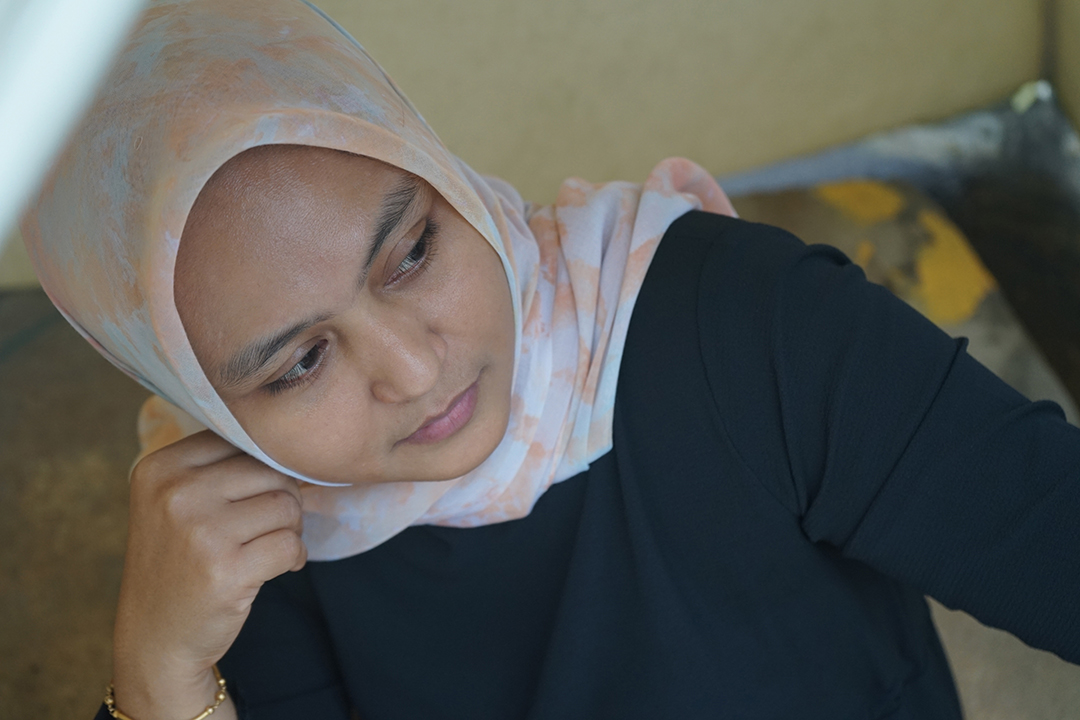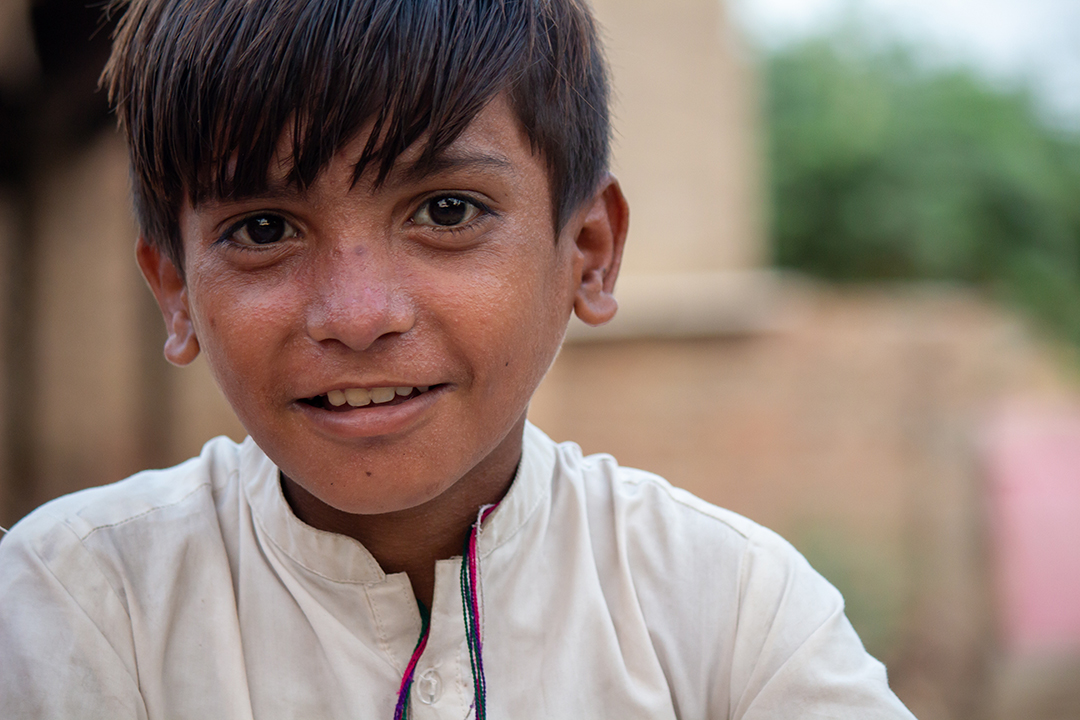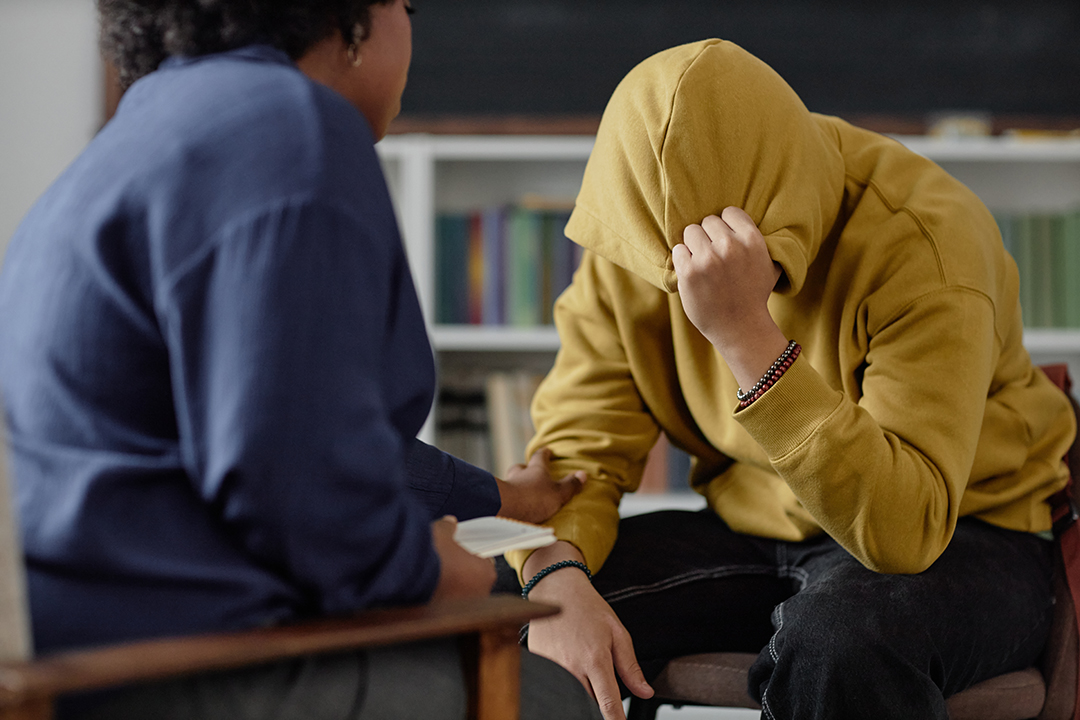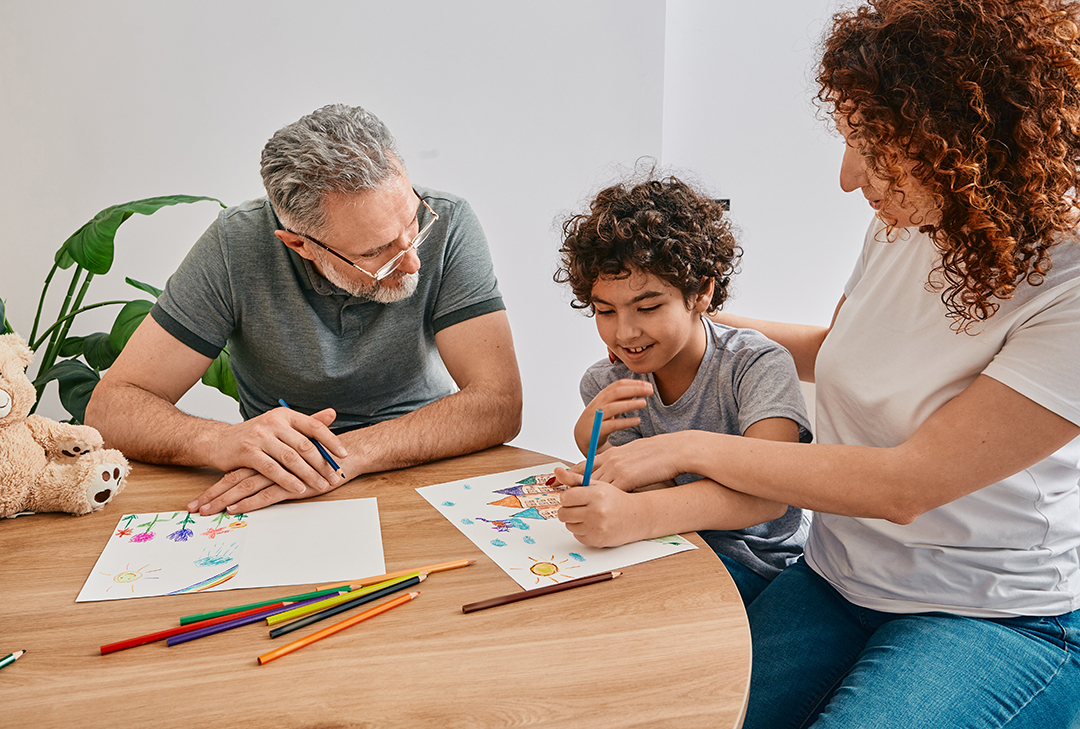A 2023 meta-analysis led by Hoppen and colleagues examined whether or not youngsters and adolescents with post-traumatic stress dysfunction (PTSD) profit equally from psychological interventions, no matter whether or not they have skilled a single traumatic occasion or a number of traumas (Hoppen et al., 2023). Analyzing 57 randomized managed trials (RCTs) and over 4,000 younger folks, the research discovered that psychological therapies—together with trauma-focused cognitive behavioural remedy (TF-CBT) and different evidence-based interventions—are efficient in decreasing PTSD signs for each teams. The frequency of trauma publicity didn’t considerably affect how effectively these interventions labored. These findings assist using psychological therapies for all younger folks with PTSD and spotlight the significance of providing efficient care, even for many who have confronted advanced or repeated adversities.

Psychological therapies can assist restoration for kids and adolescents with PTSD, no matter trauma historical past.
Understanding Trauma and PTSD in Youth
PTSD is a typical psychological well being situation amongst youngsters and adolescents worldwide, usually creating after traumatic experiences equivalent to violence, abuse, accidents, or disasters (Lewis et al., 2019; Alisic et al., 2014). Earlier analysis exhibits that youth uncovered to a number of traumatic occasions are at larger threat for creating PTSD and will face extra extreme signs than those that expertise a single trauma (McLaughlin et al., 2013; Copeland et al., 2007). A number of exposures can even imply higher lifetime adversity, much less household assist, and elevated vulnerability to social and group stressors (Finkelhor et al., 2007).
There was uncertainty whether or not psychological therapies for PTSD are as efficient for younger individuals who have skilled a number of traumas in comparison with these with a single occasion. This query is very related, since many youth referred for care have histories of repeated adversity (Danese & McLaughlin, 2023).
Present therapy pointers for kids and younger folks with post-traumatic stress dysfunction (PTSD), together with these with a number of trauma exposures, typically suggest trauma-focused psychological interventions as the primary line of therapy. The UK’s Nationwide Institute for Well being and Care Excellence (NICE) pointers advise trauma-focused cognitive behavioural remedy (TF-CBT) and eye motion desensitization and reprocessing (EMDR) for all CYP with PTSD, no matter whether or not the trauma was single-incident or repeated (NICE, 2018). Equally, worldwide pointers, equivalent to these from the Worldwide Society for Traumatic Stress Research (ISTSS), suggest evidence-based trauma-focused therapies for youth with each single and a number of trauma exposures, whereas noting that these with advanced or power trauma histories could require an extended course of remedy or extra elements addressing have an effect on regulation and interpersonal difficulties (ISTSS, 2018). Regardless of the excessive prevalence of advanced trauma, there are presently no extensively endorsed pointers that suggest basically totally different interventions for multiple-traumatized youth in comparison with these with single-event trauma, although scientific follow could also be tailor-made to particular person wants and comorbidities.

Many younger folks with PTSD have skilled multiple trauma, elevating vital questions for therapy.
How Was the Examine Carried out?
The authors systematically searched 4 main analysis databases as much as April 2022, figuring out 57 randomized managed trials that targeted on psychological interventions for kids and adolescents with PTSD as the first therapy goal (Hoppen et al., 2023). All included research used random group allocation and enrolled contributors who met full or partial standards for PTSD. Solely trials with at the least 20 contributors have been included to make sure dependable outcomes.
The authors in contrast trials the place contributors had skilled a single traumatic occasion to those that have been expose to 2 or extra traumatic occasions. Interventions included trauma-focused cognitive behavioural remedy (TF-CBT), eye motion desensitization and reprocessing (EMDR), different psychological therapies, and multidisciplinary approaches (Morina et al., 2016; Brown et al., 2017). Management circumstances ranged from ready lists or no therapy (passive) to supportive counseling or therapy as normal (energetic). The authors evaluated the short-term and longer-term effectiveness of interventions for reductions in PTSD signs, evaluating energetic therapies to manage teams.

Rigorous evaluation helps make clear which interventions work finest for younger folks with PTSD.
What Did the Examine Discover?
Psychological interventions have been extremely efficient in decreasing PTSD signs in comparison with passive management circumstances for each single-trauma and multiple-trauma samples (Hoppen et al., 2023). For trauma-focused CBT (TF-CBT), sturdy results have been noticed no matter trauma historical past (Gutermann et al., 2016).
When psychological interventions have been in contrast with energetic management circumstances (equivalent to supportive counseling), outcomes nonetheless favored the evidence-based therapies, significantly for youth with a number of traumas. Knowledge for energetic management comparisons in single-event PTSD was restricted, however out there proof was in line with the general findings.
Extra analyses, together with those who handled trauma publicity as a steady variable (variety of occasions), confirmed that the frequency of trauma didn’t scale back the advantages of psychological remedy.
Lengthy-term consequence information was extra restricted, particularly for youth with single-event PTSD, however the out there proof means that optimistic results of psychological interventions endured for a number of months after therapy (Morina et al., 2016; Hoppen et al., 2023). Within the meta-analysis, the median follow-up interval among the many included research was six months, with some research offering information as much as twelve months post-treatment. This means that the enhancements noticed have been short-term however tended to be maintained for at the least half a yr after the tip of remedy, even amongst younger folks with histories of a number of traumas.

Proof-based psychological therapies may also help younger folks heal from trauma, no matter what number of traumas they’ve confronted.
Implications for Observe and Analysis
The findings assist proof displaying that psychological therapies, together with trauma-focused interventions like TF-CBT, may also help youngsters and adolescents get better from PTSD, whether or not their trauma historical past includes one occasion or many (Hoppen et al., 2023; Gutermann et al., 2016). That is significantly vital given the excessive charges of a number of trauma publicity in real-world scientific settings.
Outcomes reinforce the significance of offering evidence-based interventions and spotlight the necessity for coaching and supervision to assist their efficient use, even in advanced instances (Danese & McLaughlin, 2023; Brown et al., 2017).
The findings even have implications for analysis: there’s a want for extra high-quality research, significantly for single-event trauma PTSD, that use energetic management circumstances and longer follow-up durations (Hoppen et al., 2023). Improved reporting of trauma histories and participant traits will strengthen future meta-analyses and assist tailor interventions additional (Morina et al., 2016). Moreover, making certain that research are inclusive and mirror the range of younger folks’s experiences will likely be key (Alisic et al., 2014).

Efficient, evidence-based remedy must be out there to all younger folks with PTSD, no matter trauma historical past.
Strengths and Limitations
This meta-analysis immediately compares outcomes for youth with single versus a number of trauma exposures, utilizing rigorous, pre-registered strategies and complete research choice (Hoppen et al., 2023). The authors fastidiously evaluated research high quality and thought of potential biases. Nevertheless, a number of limitations are famous. Reporting of trauma historical past was incomplete in some research, and definitions of “a number of trauma” diversified. Lengthy-term outcomes have been much less regularly assessed, and extra analysis is required on restoration over time (Lewis et al., 2019). Some research have been small or had methodological limitations, although total high quality was average to good.

Continued analysis and improved research high quality will assist guarantee all youth obtain efficient care.
Youngsters and adolescents with PTSD, no matter whether or not they have survived a single traumatic occasion or a number of traumas, can profit from psychological therapies, significantly trauma-focused interventions equivalent to TF-CBT (Hoppen et al., 2023; Gutermann et al., 2016). The frequency of trauma publicity doesn’t diminish the effectiveness of those therapies. Guaranteeing entry to evidence-based take care of all younger folks with PTSD stays an important precedence for clinicians, researchers, and policymakers alike.
The place subsequent?
To Begin or Not To Begin: Navigating between stabilisation and reminiscence work in cognitive remedy for PTSD is an ACAMH stay stream workshop run by clinicians from the tier 4 multi-disciplinary, Nationwide and Specialist CAMHS Trauma, Anxiousness and Despair Clinic inside South London and Maudsley NHS Basis Belief – Professor Andrea Danese, Dr. Jessica Richardson, Dr. Sarah Miles, Dr. Aysha Baloch.
Studying aims
- To overview the core elements of trauma-focused CBT, the place probably the most PTSD and Advanced PTSD symptom change can happen, and obstacles to delivering evidence-based therapy
- To contemplate whether or not “stabilisation” is important as a part of trauma-focused CBT
- To be launched to the STARTT mannequin and practise utilizing it – contemplating and planning for working with psychological, developmental, bodily, social, threat, tradition and variety points that may have an effect on trauma remedy
- To realize confidence in deciding when to start out trauma reminiscence work with youngsters and younger folks with PTSD or Advanced PTSD
NB This weblog has been peer reviewed
References
Alisic, E., Zalta, A. Okay., van Wesel, F., et al. (2014). Charges of post-traumatic stress dysfunction in trauma-exposed youngsters and adolescents: meta-analysis. The British Journal of Psychiatry, 204(5), 335–340. https://doi.org/10.1192/bjp.bp.113.131227
Brown, R. C., Witt, A., Fegert, J. M., Keller, F., Rassenhofer, M., & Plener, P. L. (2017). Psychosocial interventions for kids and adolescents after man-made and pure disasters: A meta-analysis and systematic overview. Psychological Drugs, 47(11), 1893–1905. https://doi.org/10.1017/S0033291717000496
Copeland, W. E., Keeler, G., Angold, A., & Costello, E. J. (2007). Traumatic occasions and posttraumatic stress in childhood. Archives of Basic Psychiatry, 64(5), 577–584. https://doi.org/10.1001/archpsyc.64.5.577
Danese, A., & McLaughlin, Okay. A. (2023). Little one and adolescent trauma and PTSD: Towards a precision psychological well being strategy. Journal of Little one Psychology and Psychiatry, 64(2), 163–179. https://doi.org/10.1111/jcpp.13665
Finkelhor, D., Ormrod, R. Okay., & Turner, H. A. (2007). Poly-victimization: A uncared for element in youngster victimization. Little one Abuse & Neglect, 31(1), 7–26. https://doi.org/10.1016/j.chiabu.2006.06.008
Gutermann, J., Schreiber, F., Matulis, S., Schwartzkopff, L., Deppe, J., & Steil, R. (2016). Psychological therapies for signs of posttraumatic stress dysfunction in youngsters, adolescents, and younger adults: A meta-analysis. Medical Little one and Household Psychology Assessment, 19(2), 77–93. https://doi.org/10.1007/s10567-016-0202-5
Hoppen, T. H., Meiser-Stedman, R., Jensen, T. Okay., Birkeland, M. S., & Morina, N. (2023). Efficacy of psychological interventions for post-traumatic stress dysfunction in youngsters and adolescents uncovered to single versus a number of traumas: meta-analysis of randomised managed trials. The British Journal of Psychiatry, 222(4), 196–203. https://doi.org/10.1192/bjp.2023.24
Lewis, S. J., Arseneault, L., Caspi, A., et al. (2019). The epidemiology of trauma and post-traumatic stress dysfunction in a consultant cohort of younger folks in England and Wales. The Lancet Psychiatry, 6(3), 247–256. https://doi.org/10.1016/S2215-0366(19)30031-8
McLaughlin, Okay. A., Koenen, Okay. C., Hill, E. D., et al. (2013). Trauma publicity and posttraumatic stress dysfunction in a nationwide pattern of adolescents. Journal of the American Academy of Little one & Adolescent Psychiatry, 52(8), 815–830.e14. https://doi.org/10.1016/j.jaac.2013.05.011
Morina, N., Koerssen, R., & Pollet, T. V. (2016). Interventions for kids and adolescents with posttraumatic stress dysfunction: A meta-analysis of comparative consequence research. Medical Psychology Assessment, 47, 41–54. https://doi.org/10.1016/j.cpr.2016.05.006


